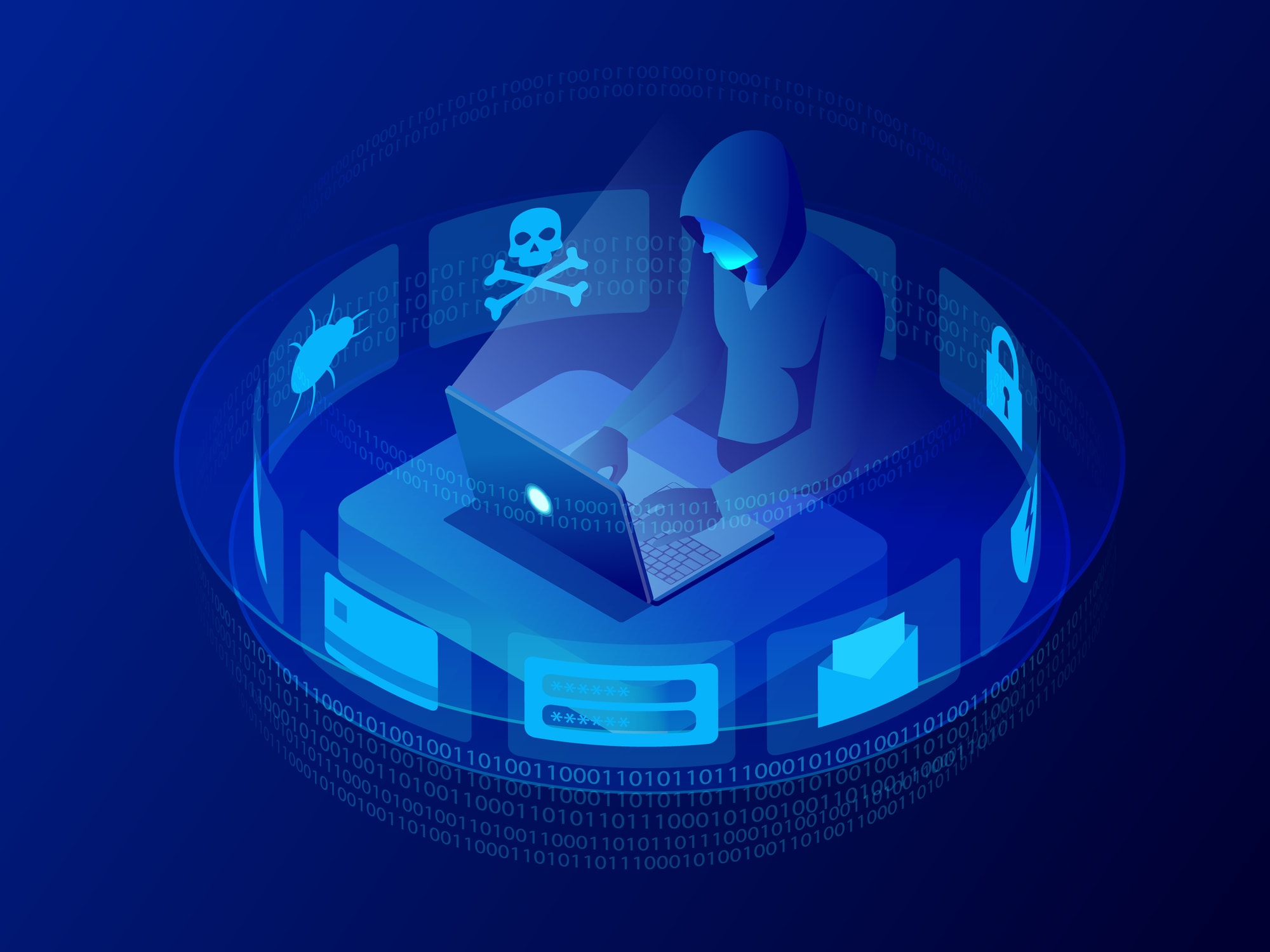With each passing day, cybercriminals are finding new and innovative ways to infiltrate our systems and compromise our data security.
We will delve into the world of self-replicating malware, exploring its potential impact on businesses and individuals alike. We will also provide valuable insights and proactive strategies that can help you stay one step ahead of these insidious threats.
From understanding the different types of self-replicating malware to implementing robust defense mechanisms, we aim to equip you with the knowledge and tools necessary to safeguard your digital assets from such malicious attacks.
The Threat of Self-Replicating Malware
This type of malicious software has the ability to spread autonomously and propagate across systems, making it difficult to contain and eradicate. The potential impact on businesses and individuals is immen3se, as self-replicating malware can quickly infect multiple devices within a network, resulting in data breaches, financial losses, and even reputational damage.
It is crucial for organizations and individuals to have a deep understanding of the various types of self-replicating malware. Worms that exploit vulnerabilities in operating systems to viruses that attach themselves to legitimate files or programs, being aware of the different manifestations enables proactive defense measures.
Implementing robust defensive strategies, with the assistance of IT Support in Wallace, such as regularly updating security patches and employing reliable antivirus software can help detect and prevent infections before they wreak havoc on your system.
User education plays an important role in safeguarding against self-replicating malware. Training employees about safe online practices, such as avoiding suspicious email attachments or clicking on unknown links, can significantly reduce the chances of unintentionally introducing malware into the network.
How Self-Replicating Malware Works
Self-replicating malware, also known as a computer worm, is a type of malicious software that has the ability to reproduce and spread across multiple systems automatically. Unlike viruses that rely on user interaction to propagate, self-replicating malware can independently infect new hosts without human intervention.
This makes them extremely dangerous as they can rapidly proliferate and cause widespread damage within a short period.
The workings of self-replicating malware involve exploiting vulnerabilities in operating systems or applications to gain unauthorized access to a target system. Once inside, it uses various techniques such as code injection or social engineering methods to take control of the host machine and replicate itself onto other connected devices on the network.
These worms often utilize advanced evasion techniques to avoid detection by security measures like antivirus software, making them more challenging to remove.
Understanding How Self-Replicating Malware Affects Customer Experience
Self-replicating malware can compromise sensitive customer data, leading to breaches and identity theft. This not only erodes trust between customers and the affected organization but also exposes them to financial losses and personal distress.
The presence of self-replicating malware often causes system slowdowns or crashes, negatively impacting customer experiences with slower response times or unavailability of services altogether.
Strong encryption protocols for storing customer data can help mitigate the risk of unauthorized access even if a breach does occur. By understanding the implications of self-replicating malware on their customers’ experience and taking proactive measures to prevent its spread, businesses can prioritize cybersecurity while providing seamless user experiences online.
Detecting and Removing Malware
With the constant evolution of technology, cybercriminals are becoming increasingly sophisticated in their methods of spreading self-replicating malware. This type of malware has the ability to duplicate itself and propagate across networks, making it even more difficult to detect and remove.
To effectively detect self-replicating malware, organizations and individuals need to employ a multi-layered approach. This includes implementing advanced threat detection systems that can identify malicious files or suspicious network behavior. Regular scanning of all devices for potential threats is also necessary to ensure early detection.
Once malware has been detected, prompt removal is essential in minimizing its impact. Specialized antimalware software should be used to safely eliminate the infected files without causing any further damage. It is important to update all software regularly as these updates often include patches against new vulnerabilities exploited by cybercriminals.
Vigilance and a proactive stance are key in maintaining robust data security in today’s fast-paced digital world.
Wallace Network Security: Maintaining a Secure System
The threat of self-replicating malware poses significant risks to both businesses and individuals. It is imperative to understand the different types of self-replicating malware and their potential impact on data security.
To stay one step ahead of these insidious threats, proactive strategies need to be implemented. This includes implementing robust defense mechanisms, such as firewalls and antivirus software, that can detect and prevent the infiltration of self-replicating malware. Regular software updates should also be conducted to ensure that vulnerabilities are patched promptly.
Educating employees about cybersecurity best practices is essential for maintaining a secure system. Training programs should cover topics like recognizing phishing emails or suspicious links and avoiding downloading files from untrusted sources.
By taking a comprehensive approach to Wallace IT security, businesses and individuals can minimize the risk posed by self-replicating malware and protect their sensitive data from unauthorized access or compromise.





